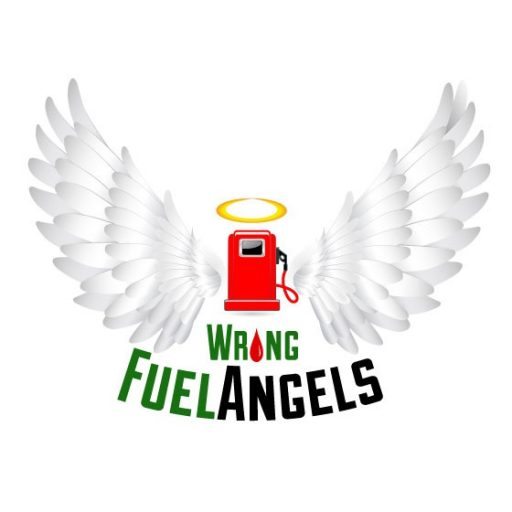The government, currently under continuous pressure to find more clean, alternative ways to fuel cars, has promised that by 2040, the sale of new petrol and diesel vehicles would be banned.
For the last 100 years the internal diesel or petrol fuelled combustion engine has ruled. However it is more than apparent that it has no future in its current form, due to its reliance on fossil fuels and therefore is rendered unsustainable. Because of this, many fuels of the future are set to replace engines driven by crude-oil.
The following examples are all types of fuels that are all not reliant on non-renewable fuels, all of which you could be using in your car in the future:
Biofuel
Two types of biofuel that could be the best medium term solution to replace non-renewable crude oils are a) bioethanol, which is a type of biofuel which can be used as an alternative to petrol and is made from sugarcane and corn and b) biodiesel, which is made from animal fats and vegetable oils.
Electricity
The electric car such as the ever popular and best selling Nissan Leaf have motors powered by batteries. There are still a few inefficiencies, however, such as the batteries themselves take several hours to recharge and are very expensive in the first place.
Kinetic
This is the utilisation for energy possessed by a moving car, in other words the regeneration of energy generated by the car itself.
Steam
Steam cars were originally replaced by vehicles with internal combustion engines in the 19th century. Today they have been reclaimed as a concept and there are several prototypes currently being reviewed.
5. Hydrogen
This can be used in combustion engines as an alternative to fossil fuels, yet unlike conventional engines, Hydrogen vehicles do not emit harmful tailpipe emissions.
6. Heat
Most of the wasted energy created by diesel or petrol is that of heat, yet several car manufacturers are developing ways in which to convert heat into electricity, one way is the use of installing thermoelectric panelling which takes exhaust pipe heat and turns it into electricity.
7. Air
Petrol can be replaced by compressed air to drive pistons which in turn produce power. Companies such as Tata have proposed a mainstream air powered car suitable for todays climate.
8. LPG
Liquified petroleum gas is a versatile power source, traditionally used by businesses and homes it is now being recognised as a useful low-carbon fuel which can be adapted to motor a vehicle.
9. Nitrogen
Heated from a pressurised tank to produce high pressure gas in order to drive a rotary engine or piston. Nitrogen is however a less efficient energy carrier than fossil fuels and still needs electricity to produce
